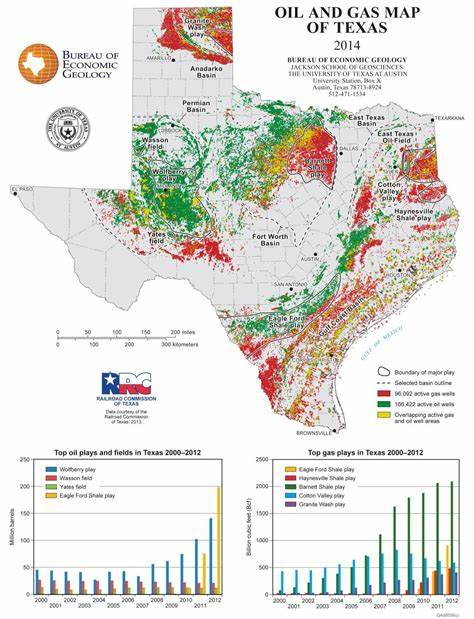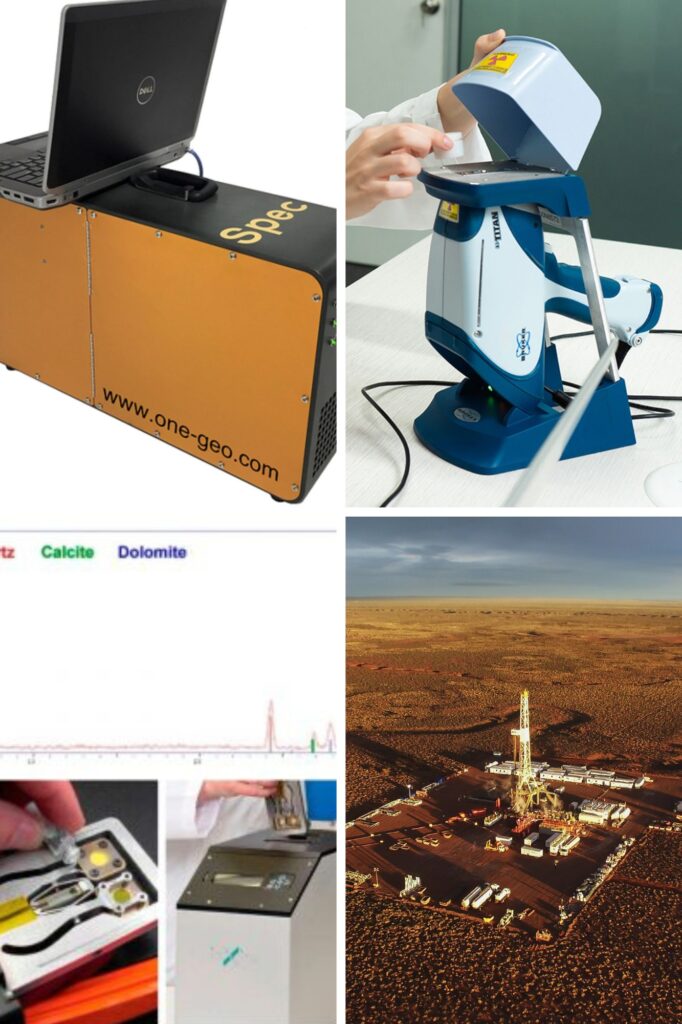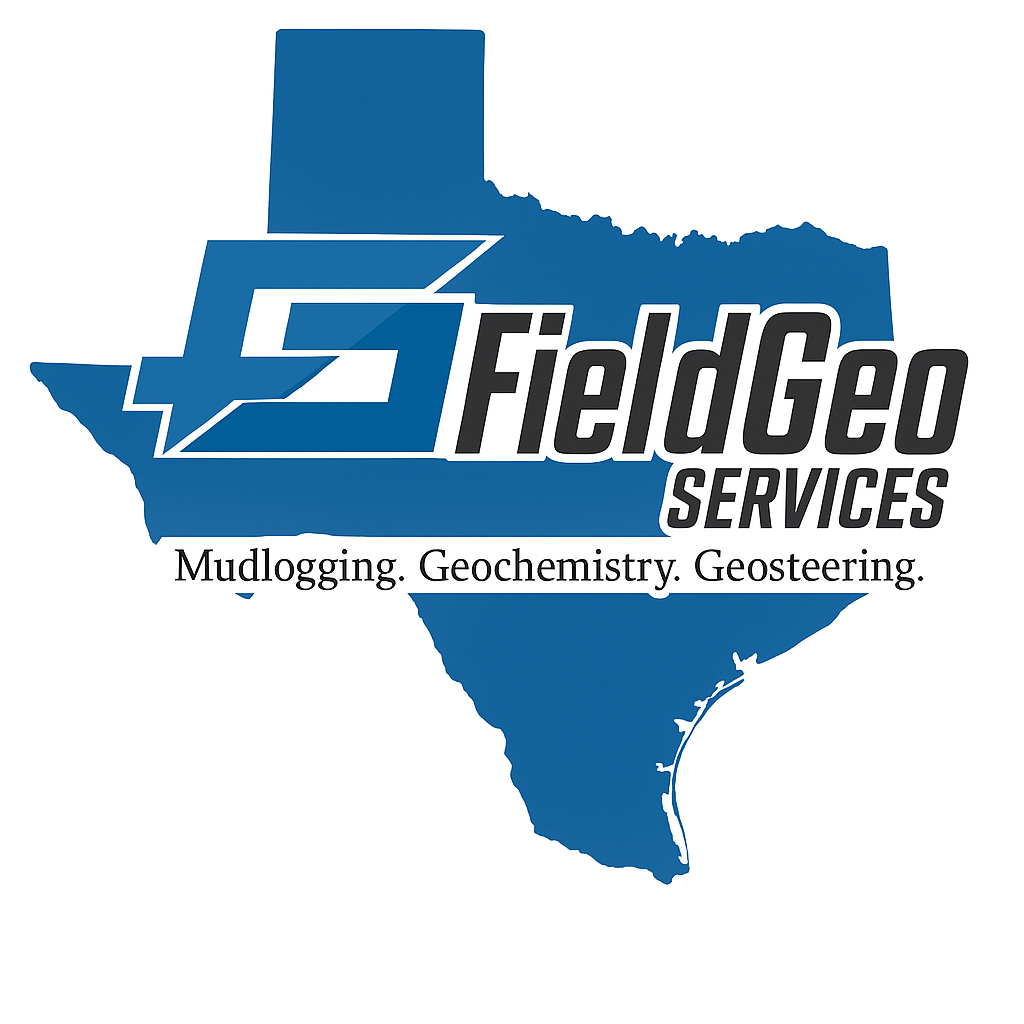By Scott Field, Field Geo Services’ President
As drilling in the Permian Basin of Texas enters a new phase, some operators are working on in-fill wells while other operators are shifting focus to untapped benches, deeper zones, and complex stratigraphic targets. Whether it’s new intervals in the Wolfcamp or Bone Spring formations, or subtle transitions within the Spraberry, one thing is clear: advanced mudlogging can really help.
That’s why operators across Texas are turning to advanced wellsite geochemistry—specifically, mass spectrometry and X-ray fluorescence (XRF)—to stay ahead.
At Field Geo Services (FGS), we don’t just run instruments—we deliver real time visualizations, interpretation and insight that help drillers, geologists, and engineers make faster, better decisions in the field.
🎯 Why Geochemical Tools Are Gaining Ground in Texas Drilling
Mass spectrometry and XRF provide high-resolution elements in the rock from drill cuttings and chemistry in the gas stream while drilling. These tools give operators the ability to:
- Pinpoint formation tops and boundaries with more details than gamma-ray logs alone
- Detect subtle lithologic changes that may be difficult to determine under a microscope
- Quantify indicators of reservoir quality, such as carbonate content, fractures, top seals, and changes in GOR
- Correlate geochemistry with logs to support landing, steering, completions planning, and defining stacked targets
Some of these insights are especially valuable in Texas drilling environments, where geological variability across short lateral distances can significantly impact well performance.

🔬 The FGS Advantage: Geochemical Expertise at the Wellsite
Plenty of providers can bring an analyzer to location—but FGS specializes in combining geochemical data with expert mudlogging and real-time formation evaluation.
Our Texas-based team is trained in both wellsite geology and geochemical analysis, meaning we connect the dots between the cuttings, the logs, and the subsurface chemistry. We provide:
- Custom visualizations of elemental trends, synced with depth and lithology logs
- Anomaly detection to identify sweet spots and risk zones in a multi-well analysis
- Formation and hydrocarbon fingerprints developed from regional datasets across Texas and the broader Permian
- Integration with your mudlogging data for a seamless, multi-disciplinary subsurface picture
With FGS, it’s not just data—it’s actionable geochemical intelligence at the wellsite.
🛠️ Real-Time Insights with Mass Spec and XRF

Our mass spectrometry systems detect a larger array of gases—methane through decane and inorganic species of helium, hydrogen and CO2—that conventional gas detectors can’t determine. These signatures help identify subtle hydrocarbons and validate target intervals. The trace level sensitivity of our mass spectrometers is particularly helpful in tight porosity and permeability.
Our field-ready XRF analyzers rapidly quantify elemental concentrations like Si, Ca, Fe, Al, and more, allowing us to map mineralogy and identify key changes in formation makeup while drilling.
Together, these tools deliver real-time feedback that’s essential when:
- Determining seals and seal leakage on stacked target potentials
- Steering in unfamiliar formations or exploratory benches
- Monitoring formation variability across a lateral
- Identifying fractures or fault locations and what chemistry is charging those fractures and faults
🌄 Serving Texas Operators with High-Impact Wellsite Geochemistry
From West Texas to the Delaware Basin, FGS has supported dozens of operators with real-time geochemistry and expert mudlogging. Our approach accelerates decision-making, improves landing zone precision, and de-risks well performance.
Whether you’re exploring new targets or pushing the limits of known zones, having the right wellsite geochemistry strategy can make all the difference.
📞 Let’s Talk About Your Next Permian Well
At Field Geo Services, we bring together Texas mudlogging experience and advanced geochemical tools to help operators unlock the next phase of productivity in the Permian.
Ready to level up your formation evaluation?
Let’s talk. We’d be happy to demonstrate how mass spectrometry and XRF can improve outcomes on your next Texas well.
Let’s talk about your project needs!



[…] gas exploration, precision, reliability, and innovation are non-negotiable. As operators seek to optimize drilling operations and reduce uncertainty, the choice of a wellsite geology partner has never been more critical. At […]